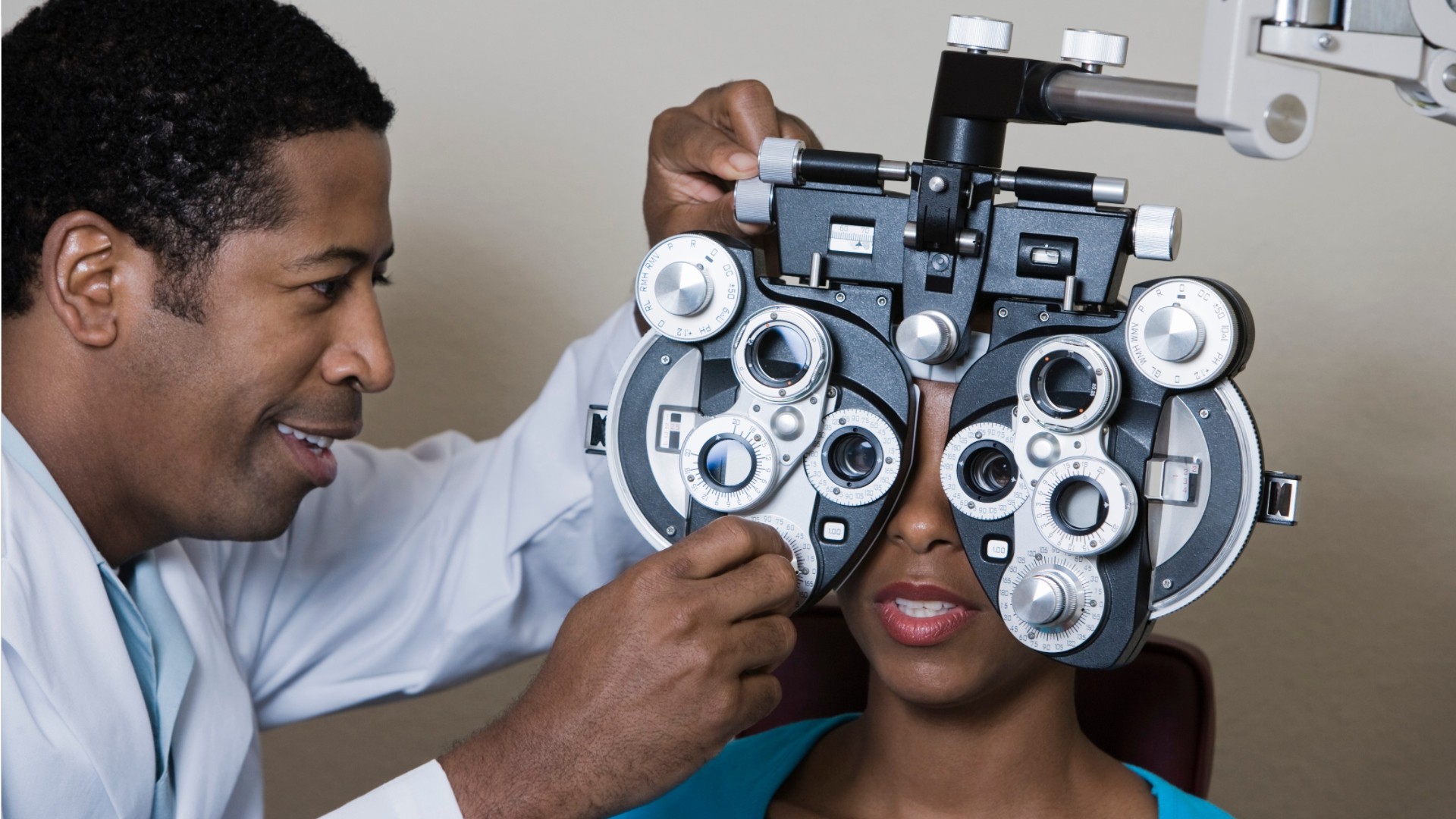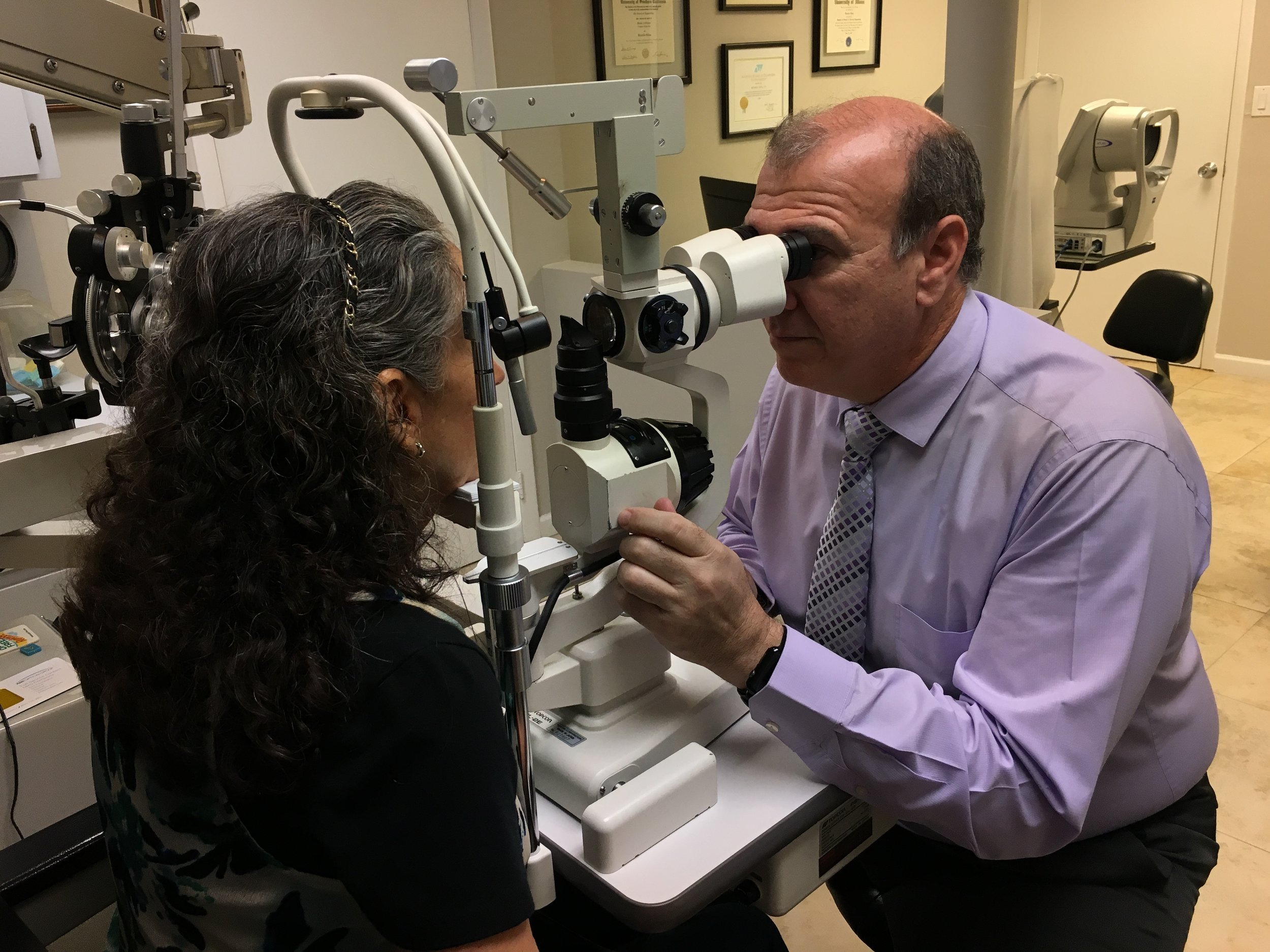Discover Advanced Solutions at Opticore Optometry for Eye Wellness
Discover Advanced Solutions at Opticore Optometry for Eye Wellness
Blog Article
Discovering the current Technological Developments in Optometry and What They Mean for Eye Doctors
In the ever-evolving area of optometry, recent technical developments are improving exactly how specialists come close to eye care. From the accuracy of Optical Coherence Tomography to the nuanced understandings provided by AI-driven analysis tools, these advancements are setting new requirements in individual analysis and therapy. Teleoptometry is poised to redefine access, ensuring that knowledge goes beyond geographical constraints. As these improvements permeate the method, eye doctors are faced with the obstacle of embracing these tools to boost patient results. The question stays: exactly how will these technical shifts redefine the roles and obligations within the career?
Technologies in Diagnostic Devices
Progressing the field of optometry, developments in diagnostic devices have reinvented the method eye care professionals analyze and diagnose aesthetic disabilities and eye conditions. The previous years has actually seen considerable technical advancements, making it possible for more precise and thorough examinations.
One more secret innovation is the introduction of advanced corneal topography systems, which map the surface curvature of the cornea with precision. These devices are especially useful for fitting contact lenses and diagnosing corneal problems. Additionally, electronic retinal imaging has changed typical ophthalmoscopy, using detailed, breathtaking sights of the retina that facilitate thorough aesthetic exams.
The advancement of wavefront aberrometry has also been important, making it possible for the evaluation of refractive mistakes with unmatched accuracy (Eye Doctor). This innovation helps in tailoring rehabilitative lenses and boosting medical end results for refractive surgical procedures. Jointly, these analysis advancements empower optometrists to deliver exceptional client care, guaranteeing early intervention and customized therapy approaches, inevitably boosting visual health outcomes
AI in Person Monitoring
Structure on the structure of advanced diagnostic devices, the unification of expert system (AI) in patient management stands for a transformative jump for optometry. AI systems are progressively employed to boost effectiveness, accuracy, and customization in person treatment. By evaluating vast quantities of information, AI can identify patterns and predict possible eye conditions, enabling eye doctors to tailor interventions extra successfully. This ability is essential in managing persistent eye diseases such as glaucoma and diabetic person retinopathy, where early discovery and continuous surveillance are essential.
Furthermore, AI-driven systems help with structured patient interactions and management procedures. Automated organizing, digital assessments, and individualized follow-up plans not just enhance person fulfillment but likewise maximize time management for experts. These systems can triage patients based upon the necessity of their conditions, making sure that those in critical requirement get punctual focus.
Furthermore, AI improves decision-making by supplying eye doctors with evidence-based referrals and treatment pathways. By integrating data from electronic health and wellness documents, AI tools provide insights that notify professional decisions, minimizing the risk of errors and improving individual results. As AI remains to evolve, its role in client administration will likely broaden, reshaping the landscape of optometric care.
Advancements in Retinal Imaging
In the world of optometry, retinal imaging has seen exceptional technical improvements that are boosting analysis abilities and individual care. Developments such as Optical Coherence Tomography (OCT) and fundus photography have actually changed just how eye doctors evaluate the retina and visualize. OCT, particularly, gives high-resolution, cross-sectional pictures of the retina, enabling the in-depth evaluation of its layers. This capability is important for very early discovery and administration of conditions like glaucoma, diabetic person retinopathy, and age-related macular degeneration.
Boosted imaging methods like OCT angiography are further refining analysis precision. Eye Doctor Optometrist. Such innovations facilitate the identification of minute retinal adjustments that might represent illness progression.
In addition, developments in fabricated intelligence are enhancing retinal imaging by allowing computerized evaluation of large datasets. These systems assist optometrists in determining patterns a sign of pathology, therefore enhancing diagnostic accuracy and efficiency. Jointly, these technologies are transforming retinal imaging into a cornerstone of modern eye care, improving results and broadening restorative opportunities.
Teleoptometry's Expanding Duty
Teleoptometry is significantly ending up being a crucial component of Extra resources eye treatment, driven by improvements in digital interaction and diagnostic tools. This is specifically helpful in rural and underserved locations where access to specialized eye care is usually restricted.
The combination of expert system (AI) more boosts teleoptometry, allowing the evaluation of visual information and helping in the detection of eye conditions such as glaucoma and diabetic person retinopathy. AI-powered algorithms can swiftly interpret intricate imaging information, offering eye doctors with valuable insights that strengthen scientific decision-making.
Furthermore, teleoptometry sustains continuity of treatment via seamless assimilation with electronic wellness documents (EHRs), enabling eye doctors to maintain detailed person histories. When consulting with different experts., this guarantees that individuals obtain consistent and individualized care also.
Regardless of these advantages, difficulties stay, consisting of making certain data protection and managing individual assumptions. However, teleoptometry represents a considerable stride towards even more easily accessible, reliable, and patient-centered eye treatment. As innovation develops, its role is poised to broaden additionally.

Future Trends in Eye Care
A myriad of innovative trends is established to improve the future of eye treatment, driven by technological developments and the developing needs of patients. One significant fad is the assimilation of expert system (AI) in diagnostics, which guarantees to improve the precision and efficiency of eye examinations. AI formulas can examine large amounts of information from retinal pictures, possibly identifying problems like diabetic retinopathy and glaucoma earlier than traditional approaches.
Furthermore, customized medication is getting traction in optometry, with hereditary testing educating personalized treatment strategies. This technique aims to maximize individual outcomes by customizing interventions to individual hereditary profiles. Wearable technology, such as clever get in touch with lenses, is also imminent, using real-time tracking of intraocular pressure or sugar degrees, thus providing continuous insights into ocular and systemic health.
The fostering of increased truth (AR) and virtual truth (VR) in training and person education is an additional emerging pattern. These technologies use immersive experiences that can enhance understanding and skills both for people and optometrists. As these patterns advance, optometrists have to remain abreast of technological improvements to provide innovative care, making certain better person end results and contentment in the vibrant landscape of eye treatment.
Final Thought

Jointly, these diagnostic advancements equip optometrists to supply superior patient care, making certain very early treatment and customized treatment strategies, eventually boosting visual health and wellness end results.

As these technologies continue to advance, optometrists should adjust and include them right into practice, eventually enhancing operations efficiency and elevating the official source requirement of eye treatment delivered to clients.
Report this page